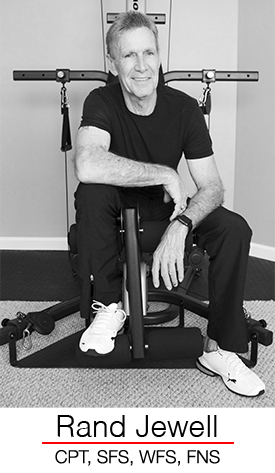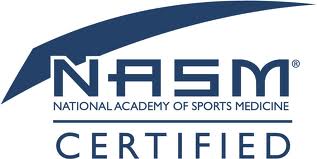Thursday, May 4, 2017
Recovery from training is becoming recognized as one of the most important aspects of physical activity and overall wellness. While there are a myriad of recovery strategies and their varied levels of scientific support, it's important to remember that both scientific and anecdotal evidence point to the value of an appropriate recovery plan to encourage adaption, wellness, and performance.
Many recognize the need for recovery after exercise, but do we understand what it takes to fully recover and have we actually acheived that state? Though recovery is a critical phase of the exercise-adaption cycle, it is among the least understood and most under-researched components of training. Essentially, recovery is the process that includes rest, refueling, rehydration, regeneration (repair), resynthesis, reduction of inflammation and restoration that ultimately returns the body to homeostasis. Homeostasis is a state of balance within the body that occurs when the variables in a system (e.g. pH, temperature) are regulated to keep internal conditions stable and relatively constant. However, physiological stress that is not followed by adequate recovery can, over time, compromise homeostasis and immune function. This increases the probability of injury, illness, and the onset of nonfunctional overreaching and/or overtraining.
Considering these implications, it is important to develop a strategy that encourages adequate recovery and fits your individual needs. You may need to experiment to determine which one proves the most feasible. The guideline that I provide my clients is that their recovery time should match the intensity of their workout program. So, if they are "hitting it hard", they need to devote equal time to "quitting it hard" to appropriately recover. This could be one day or two which ever works for you. In fact, a light cardio day in between lifting can be just as benefical as resting. Again, it needs to fit your needs.
As you can see, recovery is just as essential as exercise when it comes to finding the right balance and maximizing your fitness efforts for better health.
Until next time enjoy your workouts (and recovery),
Source: Exploring the Science of Recovery, Fabio Romana, MA, MS
Subscribe to:
Post Comments (Atom)









0 comments:
Post a Comment